High-Order Mesh Generation and Mesh Adaptation for Complex Geometries with NekMesh
Please login to view abstract download link
One of the major bottlenecks for the industrialization of high-order spectral/hp methods has been the development of high-order mesh generators capable of producing high-quality body-fitted viscous curvilinear meshes for complex geometries, without CAD simplifications or manual intervention. To tackle this problem, our recently developed high-order mesh generation workflow, part of NekMesh, provides such capabilities for hybrid tetrahedral-prismatic O-type viscous meshes. The generation process starts with an initial straight-sided mesh produced by a third-party tool with a single macro prism layer. NekMesh then reconstructs the missing connectivity between CAD and the mesh, curves and optimizes it, and splits the macro prism layer isoparametrically to achieve the desired y+ resolution. The main limitation of this approach appears for very complex geometries: the restriction to use an O-type prism layer, which often deteriorates straight-sided mesh quality and requires a time-consuming manual iterative process to ensure no pyramids are present. In this work we generalize our approach to all types of simplicial elements. We extend the CAD mesh reconstruction, mesh curving surface and volume optimizations to any classical unstructured meshes (tetrahedra, prisms, pyramids). More importantly, we propose reformulating the isoparametric prism layer splitting as a generic conformal high-order curvilinear mesh refinement. Our implementation achieves that through an efficient conformal hierarchical isoparametric splitting performed in the reference space of the Lagrangian elements with over 120 predefined maps. This splitting is also utilized as an a priori h-adaptation strategy, enabling the modification of the initial coarse mesh to ensure it is suitable for high-order curving. This substantially reduces the required manual iterations between NekMesh and the straight-sided tool. The main advantage of this generic high-order h-adaptation is the superior flexibility and robustness for the boundary layer splitting process, a lower final mesh element count due to the adaptive layers, and, more importantly, a drastic improvement in final mesh quality due to the introduction of pyramids in the linear mesh. To demonstrate the meshing capabilities of our new workflow, to showcase the improved mesh quality and the capabilities of the high-order adaptive mesh refinement, we present the steps for complex aerospace and automotive test cases (HLPW5 and F1 geometry).

